Through one-on-one phone calls, JEIC has offered support to teachers and administrators to increase their capacity to function during this difficult time. Sometimes, having a shoulder to lean on or an ear to vent to, serve as needed support. Through these calls, we have discerned certain patterns voiced by parents, board members, teachers, and administrators. These conversations also may explain the challenges that have arisen for some schools in switching to online learning.
We discovered that schools who created positive culture change and programmatic shifts in the past are reaping the rewards of that effort today. Each of the three positive patterns below reflects a school’s years-long investment in personnel development, culture building, and the development of a shared set of underlying assumptions.
The administration positioned professional development and student engagement in technology as an extension of learning tools, rather than ignoring technology or making it an end in itself.
Often, schools with strong and visionary leadership seek out ways to increase the capacity of the school. By doing this, they increase the ability of the administration, staff members, and physical plant to serve more students in increasingly better ways. Using technology as a means of support for this goal has proven fruitful for those schools that have embraced it and have proven detrimental for those that have not.
The schools that describe themselves during our current reality as stressed but thriving, spent years investing in technology development. They also changed the staff’s underlying assumptions (source of values in a culture and what guides decision making within the organization) away from seeing this as an accommodation or “bells and whistles” to embracing the world of informational technology as the norm.
The administration and teachers nurtured a deep relationship of trust and empathy with faculty and staff.
In Jewish day schools, trust advances the ability to accomplish goals. Trust develops from multiple interactions that embody confidence, leadership, and connection. An article in the Harvard Business Review points out that trust-rich organizations create teams that interact well and coordinate plans and actions (https://hbr.org/2017/01/the-neuroscience-of-trust). Some schools use contracts and threats as their go-to methods for maintaining standards in teacher behaviors; these methods tend not to work during crisis situations like the one we find ourselves in now.
Parents, school leadership, and professional staff, nurtured a deep level of trust and empathy.
Parents’ concerns focus on the education of their children. Perceptions of the broader schools’ esteem don’t concern parents as much as their individual children’s social, emotional, and academic needs. When a school has exhibited honesty, responsibility, and kindness by facilitating holistic growth, the ROI (return on investment) turns the parents into trusting partners. Times of urgency and confusion often expose a lack of trust among school constituencies. Successful transition to online learning did not seem to be connected to schools’ financial development efforts or religious affiliation. Rather, leadership seeing problems and implementing solutions mattered the most. Teachers and administrators making visionary choices for students’ success appeared to be the key factor in making a quick turnaround to effective online learning.
One silver lining of the COVID-19 crisis is that we can now more clearly see what structures may need reworking and learn from others how to rebuild trust and connection. I look forward to seeing what the future brings.

